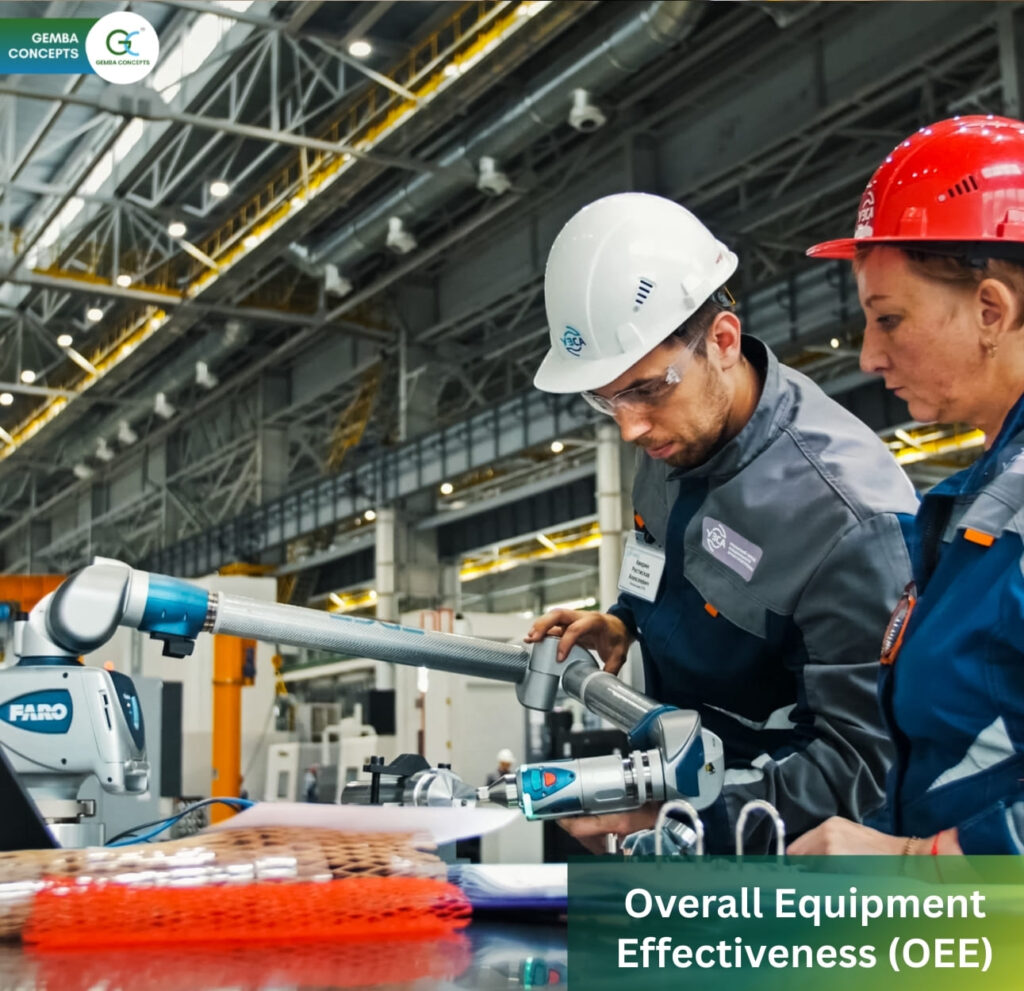
What is SMED
SMED is a set of techniques belonging to Lean manufacturing that aim to reduce the
setup time of a machine. When properly applied, it allows machines to take less time to
attach, giving more flexibility to the line.
SMED, also known as Quick Changeover of Tools, can be applied in any industrial unit
and to any machine. It is defined as the minimum amount of time necessary to change
the type of production activity. Thus, it takes into consideration the moment in which the
last piece of a previous lot was produced vis-à-vis the first piece produced by the
subsequent lot (Shingo, 1985).
Why the SMED is required?

From the above example we can see that when our lot size increases, production to
operation time ratio decreases. But in this highly competitive market era every company
wants to increase the variety of products and wants to minimize the lot size as much as
possible.
So, for the small lot size it is necessary that the die changeover time should be not high
other wise it effects the production time and the cost of the product.
Steps in SMED
- Observing and Recording.
- Separation between internal and external tasks.
- Internal tasks: activities performed during the change operation while the
machine is in downtime. - External Tasks: activities performed before the change operation, not made in the downtime period.
- Internal tasks: activities performed during the change operation while the
- Converting the maximum number of internal tasks into external tasks. Streamlining all the possible tasks.
- Documenting internal and external procedures.
Phases in SMED





